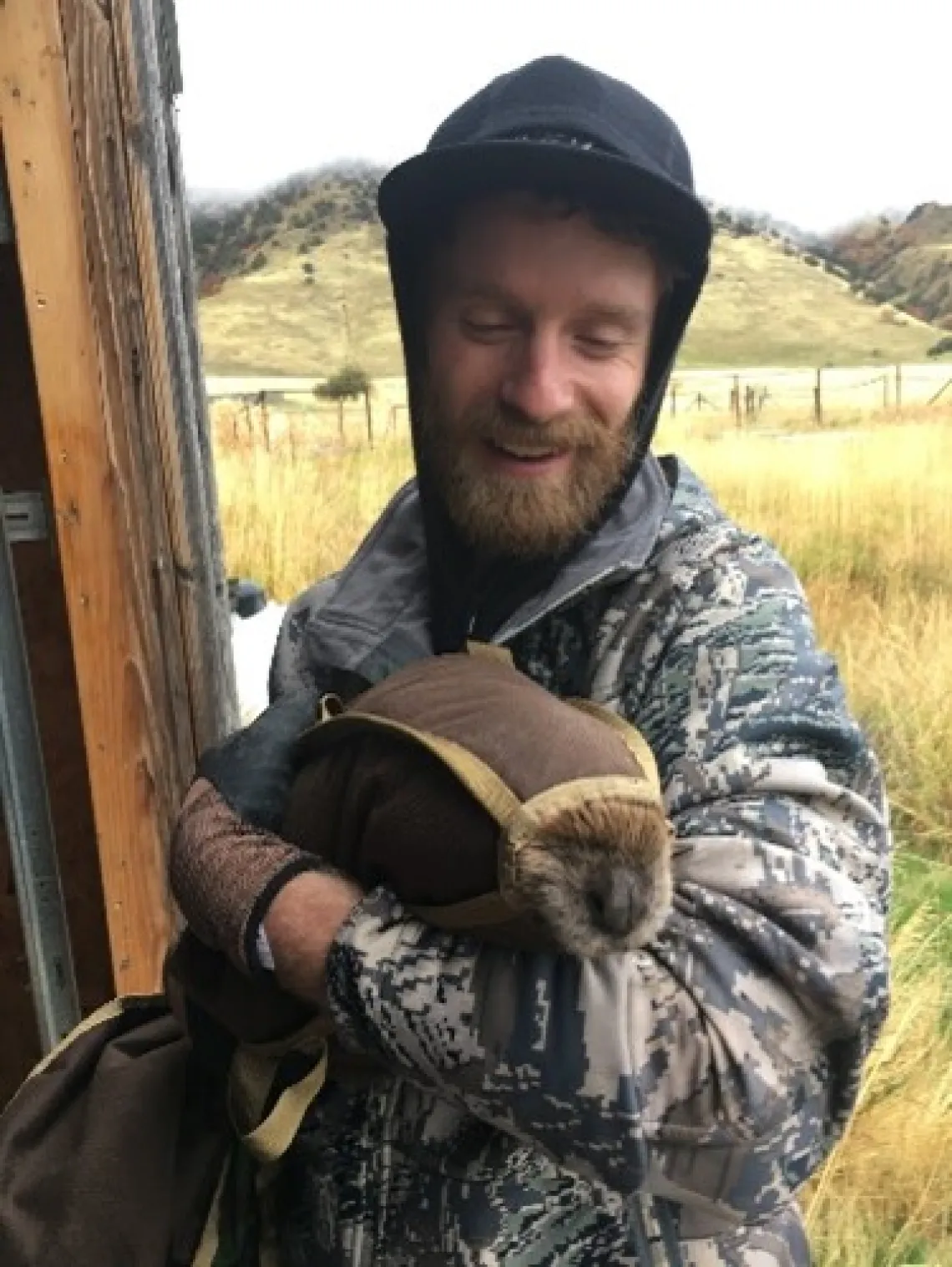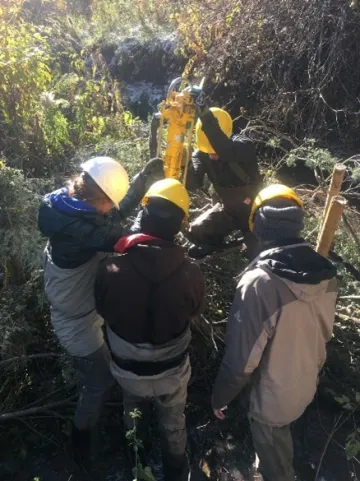Connecting the Dots on Stream Restoration Science, Policy, and Practice Across the Southwest.

The year 2022 is shaping up as a year where we’re seeing significant movement at the federal and state levels around climate and water policy. After years of intensifying climate disasters, these policy changes are long overdue and finally beginning to catch up with public opinion where a strong majority of Americans want to see action on climate issues. As a young scientist with the SWCASC-NRWD Fellowship program, I’ve had the opportunity to work with an interdisciplinary team over the past year to assess the science, practice, and law of process-based stream restoration amid climate change. As our Fellowship wraps up, we’re excited to share our findings and hope they add to the policy and restoration practice conversations that are happening across the U.S., and particularly in the Southwest.
In the southwestern United States, aridification and drought are causing crises in major water systems from the Colorado River to the Great Salt Lake. While these major crises are galvanizing public attention, there is less attention to the smaller order streams that make up roughly 90% of these larger watersheds. The numbers are shocking: the EPA estimates that 42% of perennial streams in the U.S. are in poor condition and 25% are in fair condition. What this means on the ground is that there are hundreds of thousands of miles of endangered streams that are at risk of losing the critical functions and services they provide to humans and biodiversity.

Stream restoration workforce development at a training in Utah. Photo: Will Munger
When our team of SWCASC-NRWD Fellows first met in the fall of 2021, we took on the challenge of assessing endangered streams in the context of climate change. Although it is challenging to work across disciplinary boundaries, our team built a culture of listening to each other while learning how to translate our experience and expertise. It wasn’t always easy, but we were fortunate to have committed fellows and mentors who created the space and support to propose, transform, and ultimately complete an interdisciplinary research project.
So, what did we learn?
Process Based Restoration (PBR) is a framework for stream rehabilitation aimed at restoring physical, chemical, and biological processes in the watershed. Examples of PBR include beaver reintroduction, beaver mimicry structures, and rock retention structures.
PBR promotes low-cost, low-tech, self-maintained restoration and is increasingly used across the western United States. Our team used an interdisciplinary approach to understand how PBR is functioning as a climate adaptation tool in the Southwest. We analyzed data from 43 stream restoration case studies, reviewed 2022 state water legislative documents, and interviewed 13 practitioners who are working on PBR and water law in the Southwest. The majority of the 43 unique cases studies found low-tech PBR implementation was associated with increased sediment storage, decreased downstream water temperature, increased water storage, and changed timing of downstream water flow.
Our team’s interviews with stream restoration practitioners who are the ‘boots on the ground’ found several exciting patterns across the Southwest from urban Tucson, to the Colorado Plateau, to the Colorado River headwaters. When it comes to adapting to climate change, practitioners reported that PBR can mitigate the impacts of drought by slowing, sinking, and spreading water through the floodplain. These changes in stream processes can transform intermittent streams into perennial streams by trapping flooding water into floodplains so more water is stored in the watershed and streams can flow for a longer time. PBR also reduces flood risk by widening wetting areas and floodplains and increasing the ability of the system to convey floodwaters and reduce the impact of flash floods. These processes also provide wildlife refuge, particularly during wildfires. Better quality and connected riverscape habitats also help fish to survive future drought and floods. Practitioners reported that there is a need for more diverse storytelling to communicate the benefits of PBR to stakeholders and policy makers. There is also a need to develop coordinated monitoring indicators and funding streams for post-restoration assessment and maintenance.
On the water law side, 2022 saw important changes to long-standing state policy. For example, in response to the water crisis on the Great Salt Lake, recent Utah legislation changed the “beneficial use” framework where water right holders were forced to “use it or lose it.” Utah’s H.B. 33 changes water law so farmers can leave some of their water in streams without losing their allotted amount. It also changes the definition of “beneficial use” to include leaving the water flowing in streams, to both benefit fish and wildlife and to help maintain the levels of the Great Salt Lake. While there is state by state variation, the Southwest is moving in the direction of recognizing the importance of instream flow and creating legal mechanisms to support it.
Another water law innovation our team learned about through our law review and interviews with practitioners is the use of waterbanks. Waterbank pilot projects like the Price River Collaboration aim to save and store water, return it to the river in key seasons, and improve habitat for fish and wildlife. These new legal tools like waterbanks and instream flow reforms creates mechanisms for more effective stream restoration that is supported by a growing body of research and practice
As a young climate adaptation scientist and restoration worker, our SWCASC-NRWD Fellowship gave me a shot of hope and determination in the face of climate change. There are hard times ahead and much work to do, but there is a path forward to healing and caring for the watersheds that provide life in the arid Southwest. This path involves ongoing collaborative science with diverse stakeholders who can learn and adapt together in order to steward our watersheds for all life and future generations. The policy landscape is finally changing and now is the time for a new generation of scientists, stakeholders, and restoration practitioners to step up to the challenge of restoring the Southwest’s endangered streams

